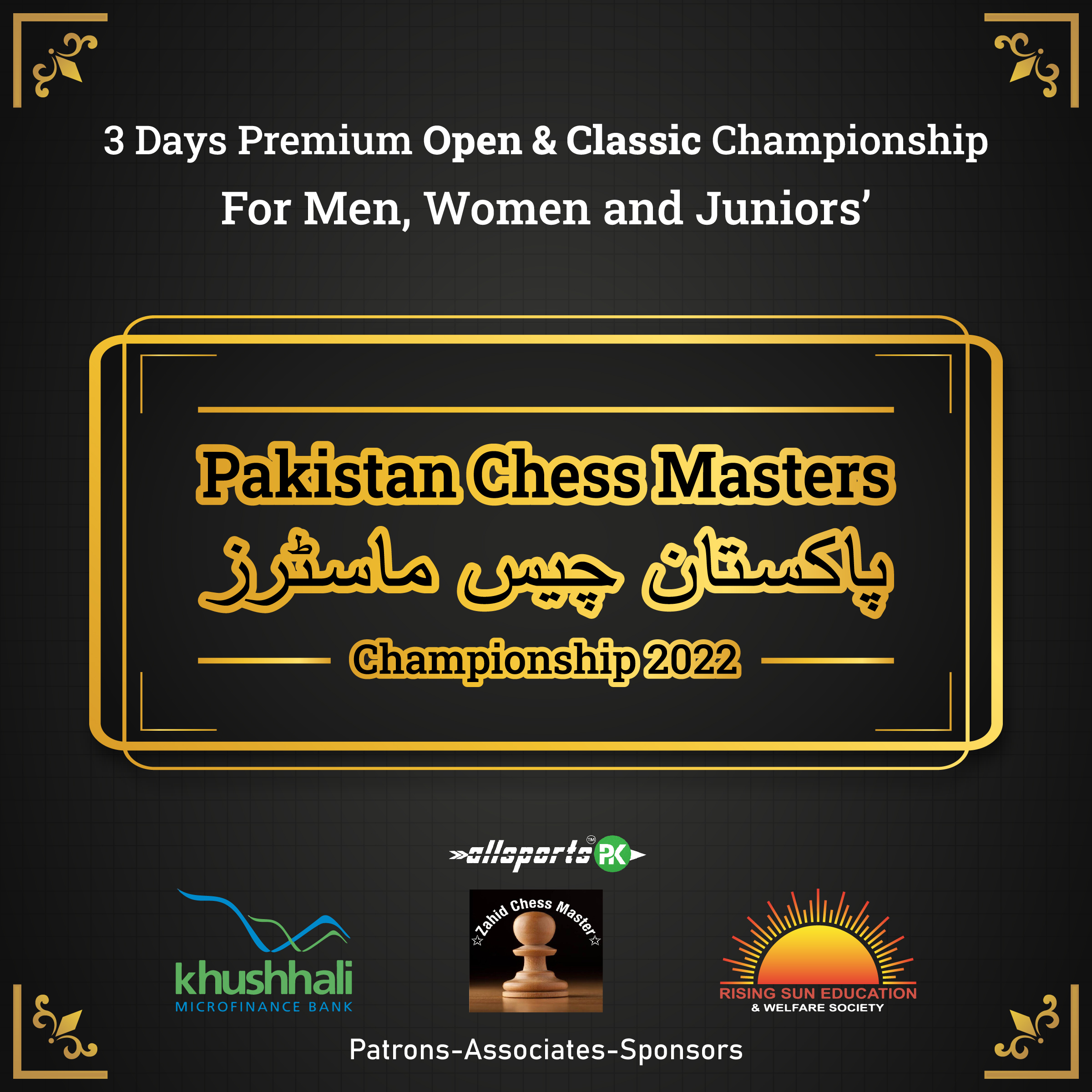Back in August 2016, the same month in which the Olympic Games began in Rio de Janeiro, Brazil, basketball’s international governing body (FIBA) was supposed to meet and vote on the future of a discriminatory rule of theirs that should never have existed in the first place.

That vote did not happen, and now six months later, incremental progress has been made toward righting a long-standing wrong.
FIBA oversees international basketball competitions such as the Olympics, the world championships, and regional tournaments such as FIBA Americas, Eurobasket and FIBA Africa that often act as Olympic or world-championship qualifiers. FIBA also oversees most professional basketball leagues around the world, with a few exceptions such as the NBA and the WNBA.
Article 4.4.2 in FIBA’s official rulebook prohibits players in FIBA-sanctioned games from wearing headgear on the court. (Headbands of a certain size are allowed.) Which means that religious headgear such as hijab headscarves, yarmulkes and turbans are banned. Which means that many Muslim women, Jewish men and Sikh men have been prohibited from playing basketball while observing their religious traditions.
Thanks to what has been referred to as the “anti-hijab rule,” women’s basketball teams representing Muslim-majority countries such as Qatar have — sometimes out of necessity, sometimes in voluntary protest — not participated in FIBA international tournaments.
And some Muslim female players, such as American collegians Bilqis Abdul-Qaadir (Indiana State) and Indira Kaljo (Tulane), have had to give up professional careers. Most pro teams, it turns out, don’t want to sign a player whose mere presence on the court might force them to forfeit victories.
Last week, FIBA announced that its rules committee will create a proposal to outline how headgear can be worn safely during games. If all goes according to plan, changes to the rulebook will be approved in May.
Back in 2014, thanks to a surge of public pressure largely generated by social media and celebrity supporters like WNBA starBreanna Stewart, NBA player Kenneth Faried (who is Muslim) and U.S. Olympic fencer Ibtihaj Muhammad (who is Muslim and competed in the Olympics while wearing hijab), FIBA began a two-year study and testing phase on Article 4.4.2, allowing the prohibited headgear in some competitions.
The August 2016 meeting would’ve been FIBA’s first since the testing phase was complete, but no decision was made at that time.
FIBA has always defended its anti-hijab rule on the basis of safety. However, I have talked to quite a few Muslim female basketball players about this, and all of them say they’ve never had their hijab headscarf fall off while playing, and it has never poses any kind of injury risk for them or anyone else on the court.
In fact, there are sports apparel companies around the world — including one founded by Ruqsana Begum, a professional Muay Thai kickboxer who is Muslim — that make sports-friendly hijab headscarves.
Other sports such as soccer and weightlifting have had similar headgear restrictions in the past that were, intentionally or not, discriminatory against Muslim women. Those rules have since been modified or eliminated, in the name of increasing participation in the sport.
To my knowledge, basketball remains the only sport that still has a rule that so clearly makes it difficult for Muslim women to compete — or at least they’re the last sport that still enforces such a rule.
University of Connecticut women’s basketball coach Geno Auriemma, who is on the FIBA rules committee, supports lifting the hijab ban.
“I know that sports is the one great place where race, religion and ethnicity and politics shouldn’t enter into it, but unfortunately it always does encroach upon it,” Auriemma told The Associated Press. “Anything that encourages participation. Let’s get as many people playing as possible. Make the game as inclusive as possible within reason. You don’t want to put people in a position on the floor where it could cause a problem for the player or the opponent. I’m sure if enough intelligent people get together, they can come up with an intelligent solution to this.”
Auriemma is right, of course.
The anti-hijab rule has reportedly existed for about 20 years, which is two decades too long.
The safety argument is a weak one. A loose hijab, yarmulke or turban, or one that has fallen to the floor, is no more dangerous than an untied shoelace or a discarded mouthpiece. Blow the whistle, pick the object up from the floor, and keep it moving.
It’s tough to imagine that if this rule was more closely associated with another marginalized group other than Muslim women, it wouldn’t have been lifted long ago. Or perhaps it never would’ve landed in the pages of the FIBA rule book in the first place.















